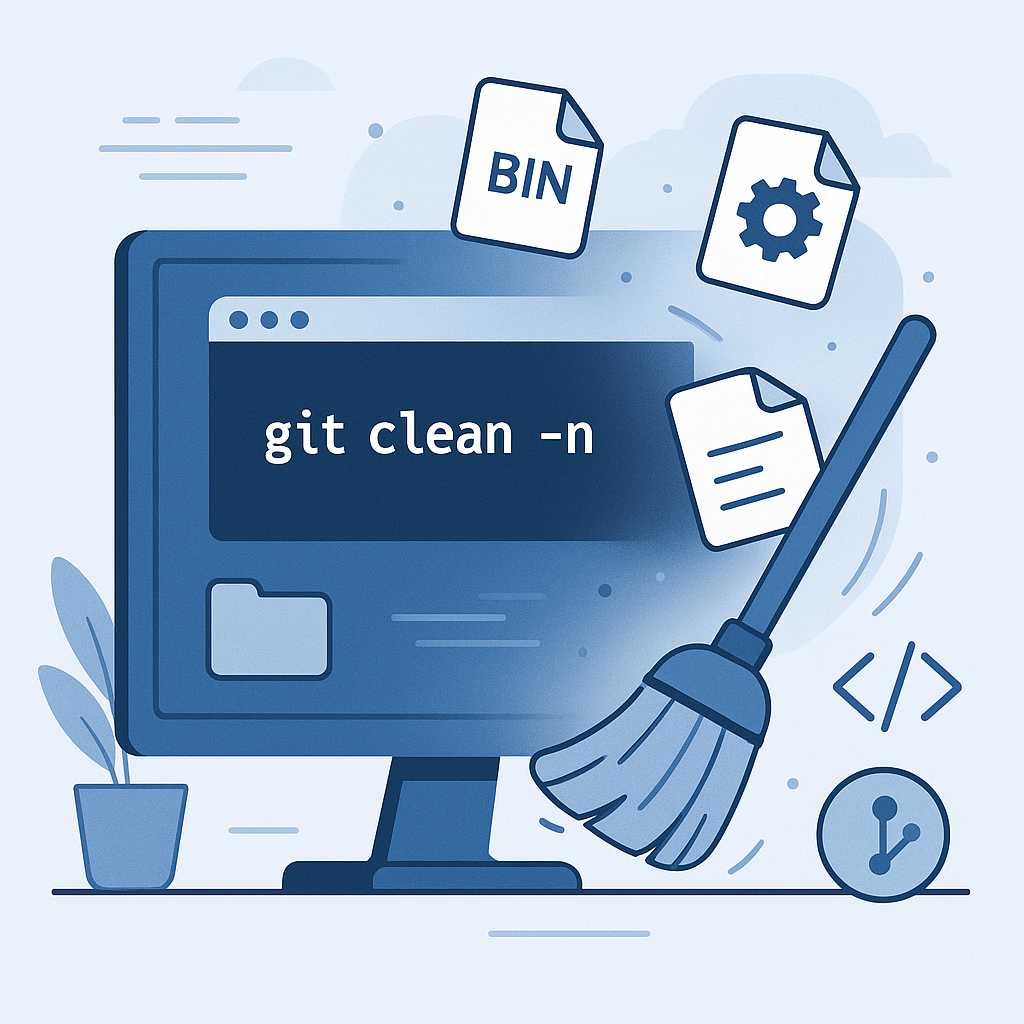When working on complex projects, it’s easy for your Git working directory to accumulate a lot of unnecessary files—build artifacts, temporary logs, and experiment leftovers. If you’ve ever wondered how to quickly clean things up without accidentally losing important work, Git’s git clean command is here to help. In this article, I’ll walk you through how git clean works, how to use it responsibly, and a few pro tips to keep your project environment tidy.
What Does git clean Do?
Put simply, git clean removes untracked files and directories from your working directory. These are files that are not being tracked by Git (i.e., files not listed in your index or .gitignore). This can be a lifesaver when you want to get back to a pristine state.
Basic Usage
The simplest usage is:
git clean -n
This does a “dry run”—it lists the files that would be removed, without deleting anything. Always start with this!
To actually remove untracked files:
git clean -f
If you want to remove untracked directories as well:
git clean -fd
Combine with the -x flag if you want to also remove files ignored by .gitignore:
git clean -fdx
Be very careful with -x. You can lose local config files and other important ignored files.
Pro Tips for Safe Cleaning
- Always Use Dry Run First: Run
git clean -n(or--dry-run) to see what will happen before you actually delete anything. - Be Specific: Use
git clean -f path/to/fileto remove only certain files or folders. - Integrate with Your Workflow: Combine it with
git stashorgit reset --hardto completely revert your repo to the last committed state.
Common Use Cases
- Build Artifacts: Get rid of untracked binaries and compiled files before a new build.
- Experimentation: Clean up temporary files after testing out new ideas.
- PR Preparation: Tidy your repo before submitting a pull request.
Conclusion
git clean is a powerful command to keep your repository organized, but with great power comes great responsibility. Always double-check what you’re deleting and, when in doubt, back up important files. With these tips, you can work more confidently and maintain a clean development environment—one less thing to worry about!
Happy coding!
– Joe Git


Leave a Reply